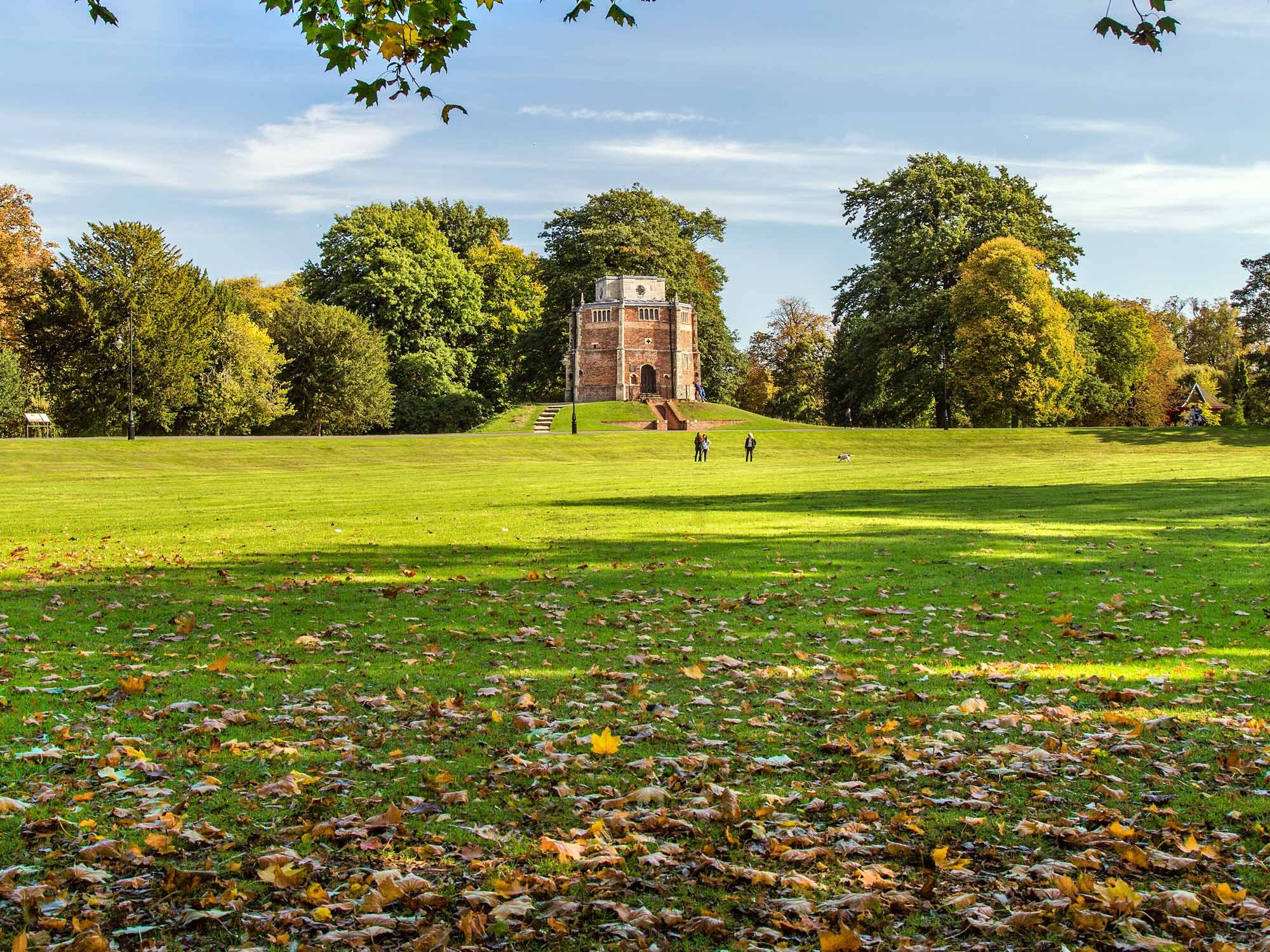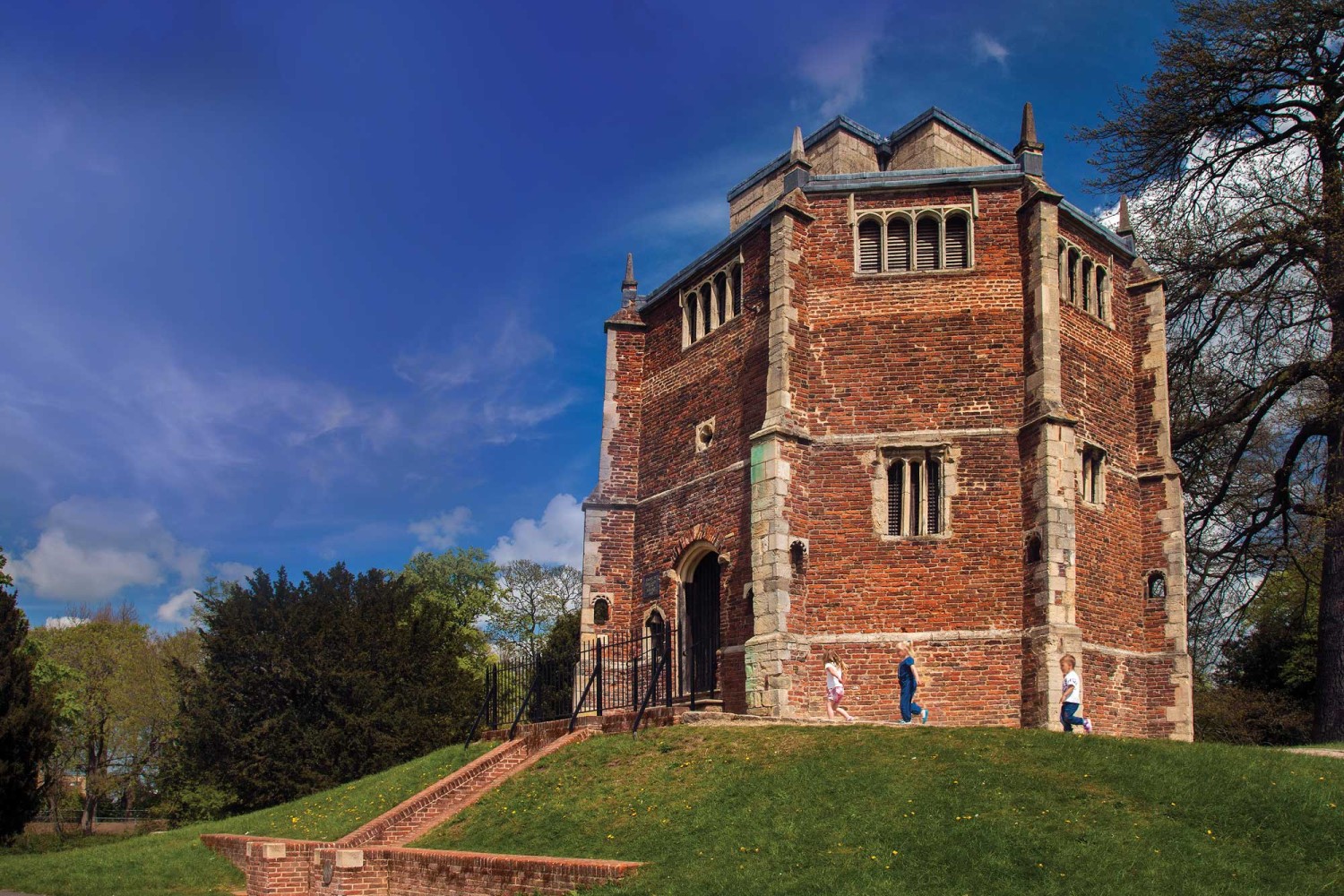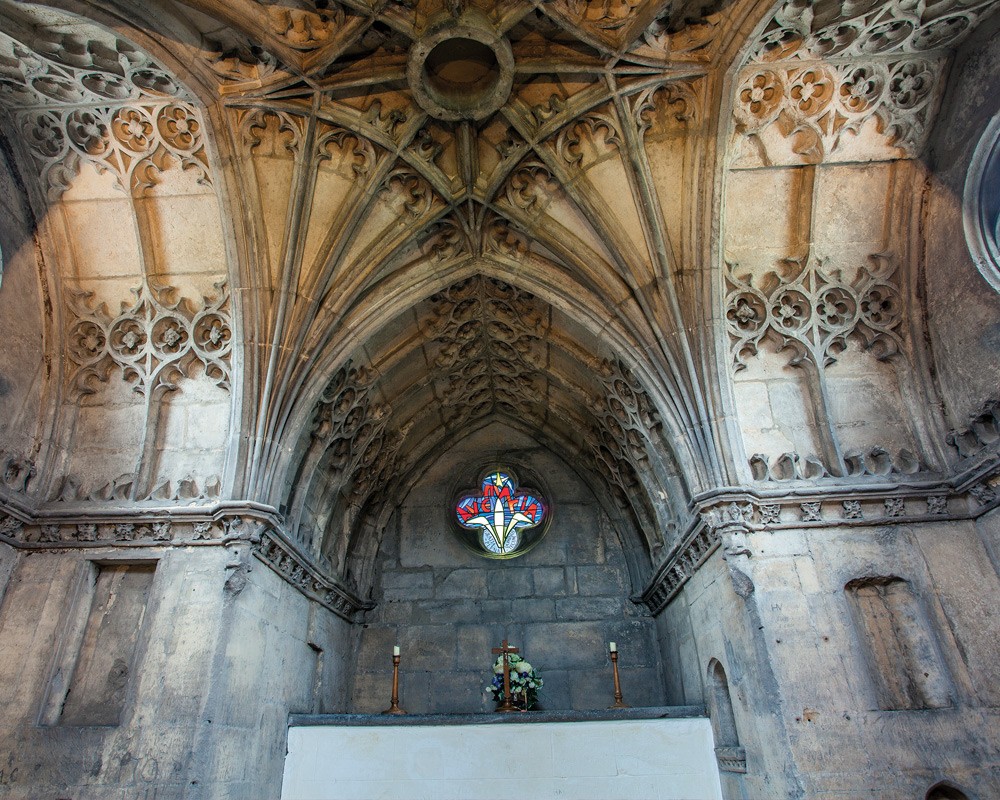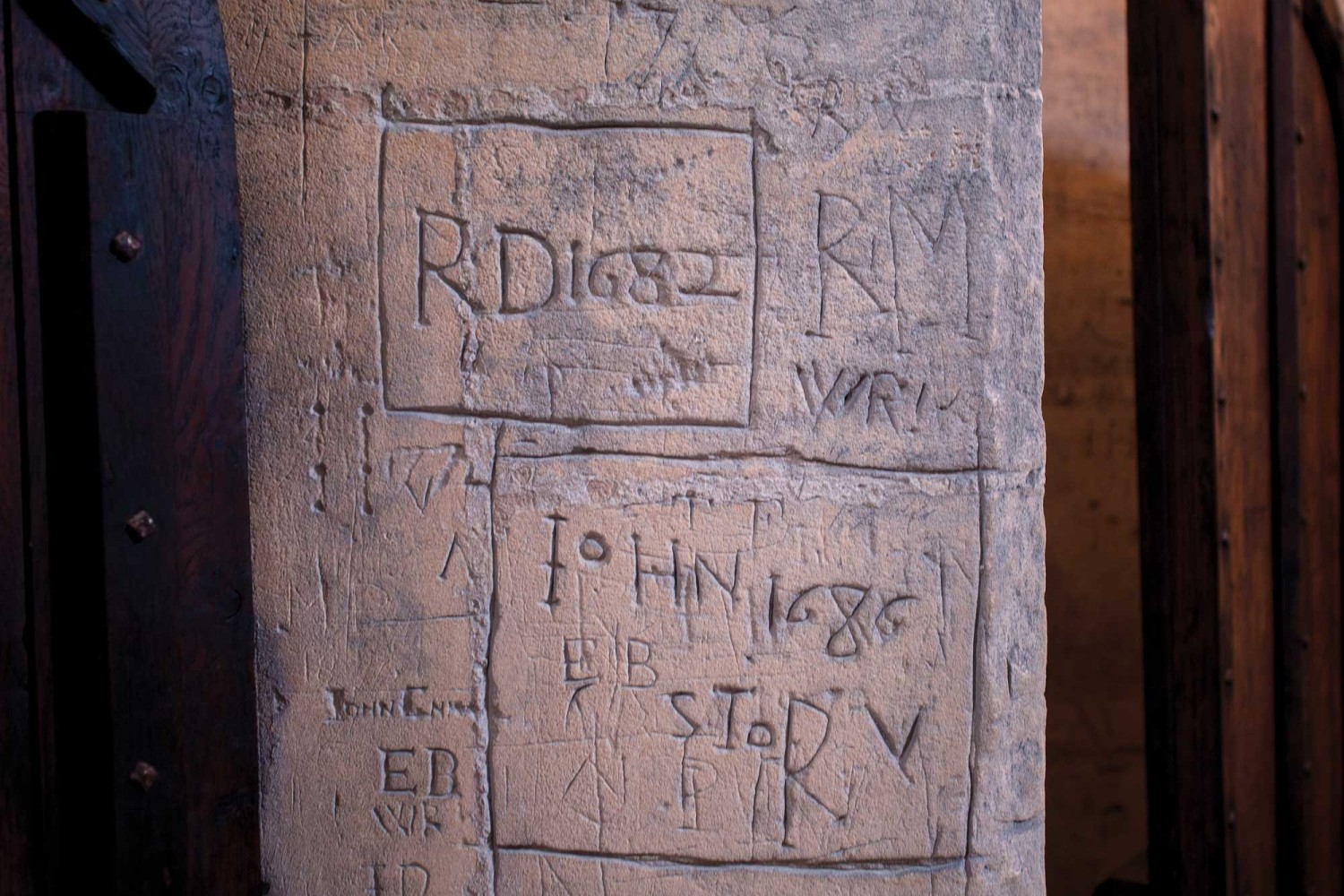
The remarkable tale of Red Mount Chapel
An iconic religious landmark standing proudly upon its hill, this grand medieval monument has been watching over The Walks for centuries – but it’s always been so much more than a chapel

Red Mount Chapel has been part of King’s Lynn’s history for an impressive 540 years. In that time, it’s survived the Reformation, the Civil War, and two world wars - and it still stands strong today.
In 1483 a plan was proposed by Robert Curraunt to build a respite for pilgrims on their way to the Shrine of Our Lady at Walsingham, giving them the chance to stop and pray. Two years later, his request was granted, with an official document stating: “It is agreed by alle [...] that Robert Curraunt shall have licence to bilde a chapel upon the mount called the Ladye Hylle.”
The Benedictine prior of King’s Lynn was granted a lease of land to build on and Curraunt soon put his plan into action. It was agreed that the Red Mount earthwork, which had been constructed as part of the medieval town’s defences, would make a perfect spot for the new chapel.
Originally named ‘The Chapel of St Mary on the Mount’, it only carried out its role as a place of worship for 50 years. In 1536, when Henry VIII passed the Suppression of Religious Houses Act, all monasteries with an income of less than £200 were forced to close.
Luckily, Red Mount Chapel was only partially dismantled, unlike many other monasteries; in fact, by 1540 almost 50 monasteries a month were being torn down. Parts of the roof and brickwork were taken by labourers for other buildings, and by 1573 it had been thoroughly defaced and left roofless, a shell of its former self.
However, it wasn’t to remain lifeless for long. In 1642 the broken building was given an entirely different purpose, marking the beginning of a turbulent new chapter in its story. The English Civil War had just begun, and the Royalists in King’s Lynn were trapped: blockaded by the River Ouse and surrounded on land by Parliamentarians. The town was still a vital trading port, considered too strategically important to be overlooked, and was eventually captured by Cromwell’s forces.
The Parliamentarians soon began improving King’s Lynn’s medieval defences and building new fortifications – transforming it into one of the strongest fortresses in East Anglia.
Red Mount Chapel played a crucial role within the town over the course of the war. Its high vantage point made it a brilliant location for lookouts, and soldiers stashed up to 18 barrels of volatile gunpowder within its walls. On quiet days where no fighting commenced, the soldiers carved their initials into the brickwork whilst others drew buildings with little flags on top. The oldest piece of graffiti dates back to 1639, pre-dating the Civil War. The soldiers seemingly noticed it and took it upon themselves to do the same, leaving their own (less violent) mark on King’s Lynn.
The chapel’s next occupation after the Civil War was a considerably grim one. In 1665 the worst outbreak of plague struck England since the Black Death in 1348, later gaining the moniker ‘The Great Plague’. It killed roughly 15% of London’s population, reaching its peak in September when 7,165 Londoners died in a week. The whole country was plagued, including King’s Lynn. Red Mount Chapel was repurposed as a charnel house, a place for the dead to be stored far away from the living. Thankfully, the outbreak of 1665 was the last instance of plague in the UK, enabling the chapel to be used for less unsettling purposes.

A century later, the chapel’s prominent position and missing roof attracted the attention of students keen to study the stars. Parts of the building were repaired so it could be used as an observatory for teaching navigation, making way for some truly awe-inspiring evenings.
By the 1800s the chapel was in a poor state, but fortunately funds were raised to restore the building to its former glory. The outer windows were replaced, the floors and stairs were repaired and there was even a stained-glass window installed in the upper floor, taken from St. Nicholas’ Chapel in King’s Lynn. It was once again a magnificent landmark in The Walks, so eye-catching that the artist Thomas Baines dedicated a painting to it. Simply titled ‘Red Mount Chapel’, the picture illustrates an atmospheric view of the monument from the river - providing clear proof that it was as striking back then as it is today.
The building has been the very definition of resilience throughout the past 540 years, even surviving the half-ton German bomb that struck The Walks in 1942.
Given its historical significance, it’s no surprise that Red Mount Chapel was given funding by the National Lottery Heritage Fund in 2007 to be fully restored and repaired. A year later it became one of the 2.5% of Listed Buildings in the country to be given Grade I status, securing its survival long into the future - preferably for another five centuries.

